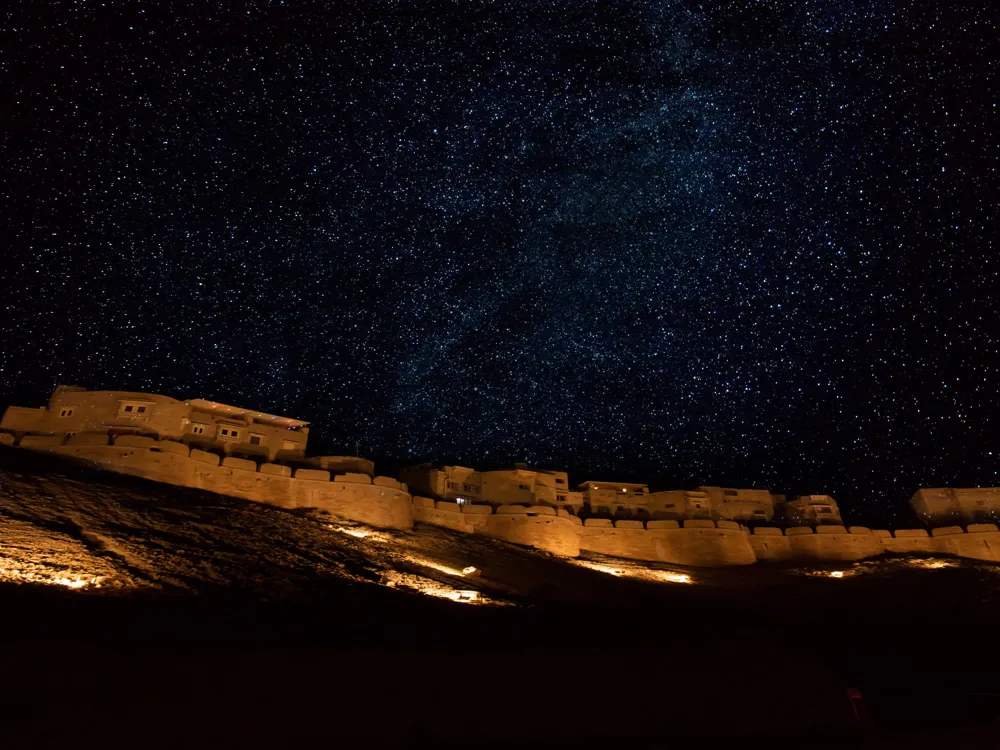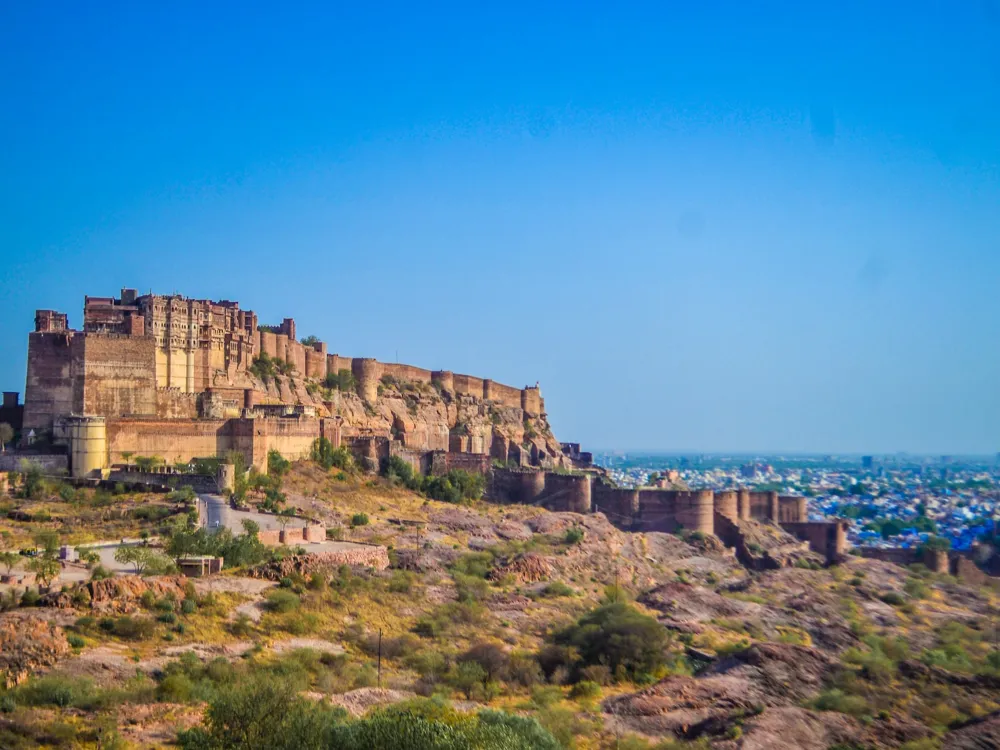Nestled in the heart of Bikaner, Rajasthan, the Sadul Singh Museum stands as a beacon of cultural and historical significance. This museum, named after Maharaja Sadul Singh, offers a deep dive into the rich heritage of Bikaner and the royal family. The museum, housed in a portion of the Lalgarh Palace, presents a mesmerizing blend of artifacts, photographs, and historical documents that bring to life the grandeur of the bygone era. As visitors step into the museum, they are greeted by an extensive collection of Georgian paintings, hunting trophies, and unique artifacts. Each room within the museum tells a different story, capturing the essence of the royal lifestyle and the pivotal moments in the history of Bikaner. From the luxurious Durbar Hall to the intimate personal chambers of the royal family, the museum provides a comprehensive insight into the opulence and splendor of Rajasthani royalty. The museum also plays a pivotal role in preserving the musical heritage of Rajasthan. It houses a rare collection of Rajasthani folk music instruments and recordings, offering a melodious journey through the state's musical traditions. Additionally, the museum's collection of miniature paintings, weaponry, and textiles highlights the diverse and rich cultural tapestry of Rajasthan. Visitors to the Sadul Singh Museum are not just exploring a repository of artifacts but are embarking on a journey through time, discovering the stories, traditions, and legacy of Bikaner's royal lineage. The museum's commitment to preserving and showcasing this heritage makes it a must-visit destination for history enthusiasts and cultural explorers. The architectural grandeur of the Sadul Singh Museum is a testament to the fusion of Rajputana and European styles. Designed by the British architect, Sir Samuel Swinton Jacob, the museum's structure is a harmonious blend of red sandstone and intricate filigree work, showcasing the finesse of Rajasthani craftsmanship. The façade of the museum is a spectacle in itself, adorned with latticework, jharokhas (overhanging enclosed balconies), and chhatris (elevated, dome-shaped pavilions), typical of traditional Rajasthani architecture. The use of jaali (lattice screens) not only adds to the aesthetic appeal but also serves the practical purpose of regulating sunlight and maintaining privacy. Inside, the museum boasts high ceilings, spacious corridors, and large windows, creating a sense of openness and grandeur. The intricate frescoes and murals on the walls and ceilings depict scenes from Hindu mythology, local legends, and the royal lifestyle, capturing the essence of Rajputana art and culture. The fusion of Rajasthani motifs with European art elements, such as stained glass windows and art deco fixtures, makes the architecture of the Sadul Singh Museum a unique and captivating sight. The museum's layout is thoughtfully designed to guide visitors through a chronological and thematic journey. Each room and gallery seamlessly transitions into the next, ensuring a coherent and immersive experience. The harmonious blend of architectural styles, coupled with the museum's rich collection, makes it a shining example of cultural preservation and architectural innovation. Check the museum's opening hours and plan your visit accordingly. It's advisable to allocate at least 2-3 hours to fully appreciate the museum's exhibits. As a mark of respect for the cultural site, visitors are encouraged to dress modestly. Comfortable footwear is recommended due to the considerable amount of walking involved. Consider hiring a guide for a more informative experience. Guides can provide in-depth insights into the history and significance of the exhibits. Photography may be restricted in certain areas of the museum. Always check for signs or ask staff for permission before taking photos. The museum is accessible to visitors with disabilities. However, it's best to check with the museum staff beforehand for any specific accommodations. The Sadul Singh Museum is conveniently located in Bikaner and is easily accessible by various modes of transportation. For those traveling by air, the nearest airport is Jodhpur Airport, which is approximately 250 kilometers away. Regular buses and trains connect Bikaner to major cities like Jaipur, Delhi, and Jodhpur. Once in Bikaner, visitors can opt for local taxis, auto-rickshaws, or even cycle-rickshaws to reach the museum. The museum's central location makes it an easily reachable destination for tourists and locals alike. Read More:Overview of Sadul Singh Museum, Bikaner, Rajasthan
Architecture of Sadul Singh Museum
Tips When Visiting Sadul Singh Museum
Plan Your Visit
Dress Appropriately
Hire a Guide
Photography Rules
Accessibility
How to Reach Sadul Singh Museum
Sadul Singh Museum
Bikaner
Rajasthan
₹ 15,250 onwards
View bikaner Packages
Bikaner Travel Packages
View All Packages For Bikaner
Top Hotel Collections for Bikaner

Private Pool

Luxury Hotels

5-Star Hotels

Pet Friendly
Top Hotels Near Bikaner
Other Top Ranking Places In Bikaner
View All Places To Visit In bikaner
View bikaner Packages
Bikaner Travel Packages
View All Packages For Bikaner
Top Hotel Collections for Bikaner

Private Pool

Luxury Hotels

5-Star Hotels

Pet Friendly





















